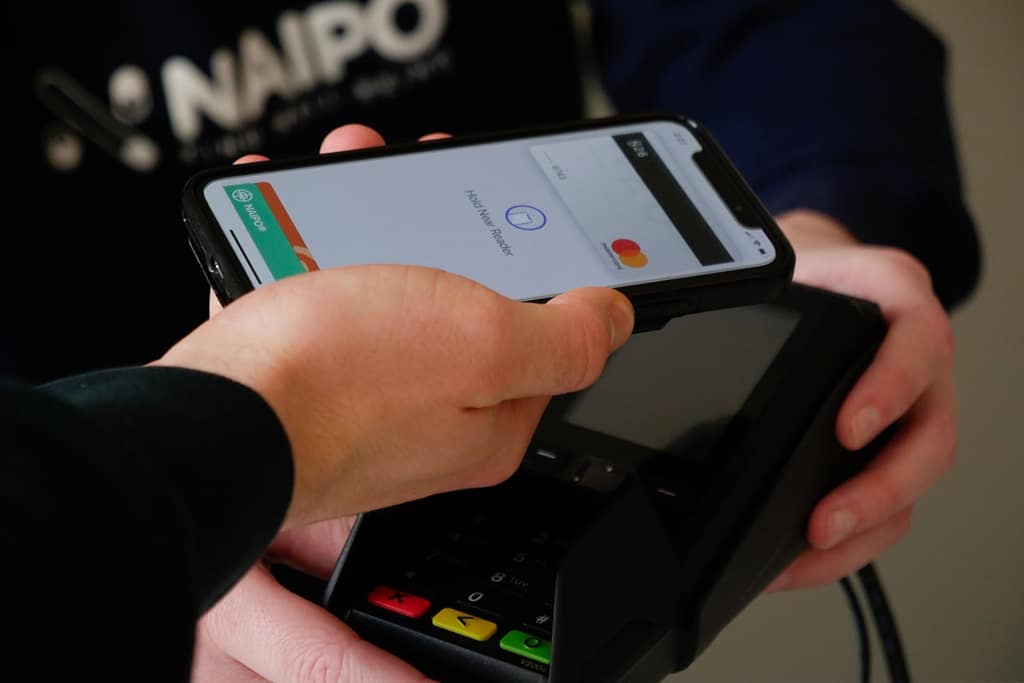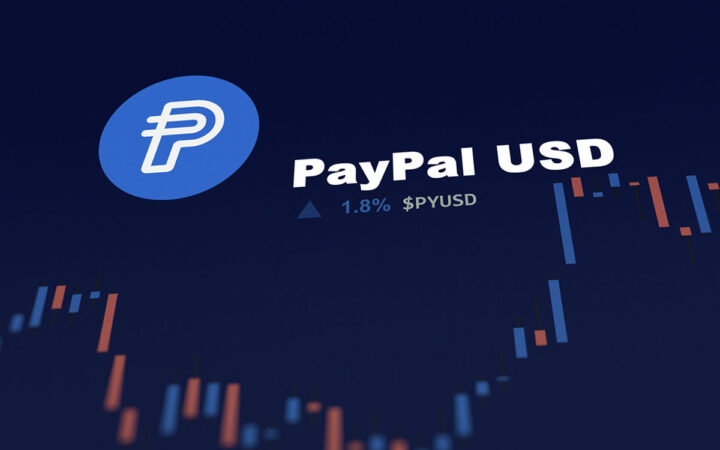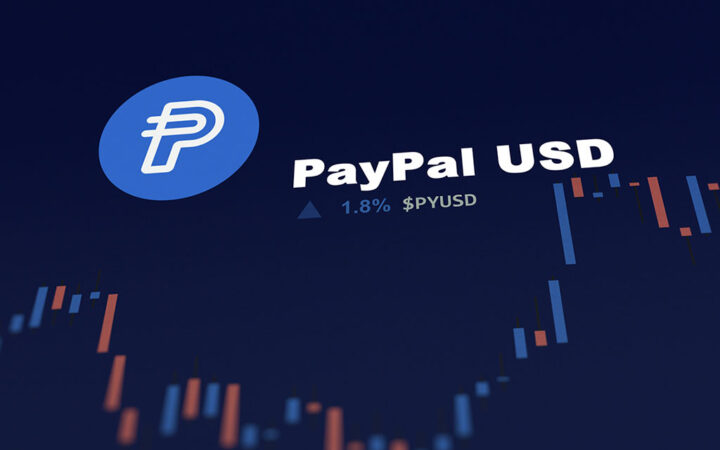
Please check out latest news, expert comments and industry insights from Coinspeaker's contributors.
The primary benefit of having a digital wallet is convenience. Most stores accept payments from digital wallets in a matter of three to four clicks.

The introduction of digital technology into everyday life has created drastic changes, from the way we communicate to the way we conduct business. Now more than ever before, we’re interconnected through digital means. The recent global outage of WhatsApp and other social media sites demonstrated the level of expectation we now place upon apps.
Still, not everyone has opted for the digital era. Non-digital natives who didn’t grow up with the internet may be hard-pressed to understand the value of certain apps. Few concepts are as time-consuming to explain as a digital wallet.
At first glance, a digital wallet may feel counterintuitive. Along with the phone and keys, the physical wallet plays a crucial role in making us feel secure and ‘whole’. However, just like phones evolved into smartphones, the wallet is now evolving into an e-wallet.
But how can non-digital natives get on board with a digital wallet? They may not understand its purpose, how it functions, or how to use one – regardless of how prevalent the usage of wallets like PayPal and Apple Pay are becoming.
It’s a lot simpler to explain than many think. A digital wallet is an electronic application that provides an online service whereby users can make financial transactions. Once the digital wallet application is downloaded, it can be used to make payments online and, for many apps, via the phone for contactless payment at stores.
But there’s more to a digital wallet than explaining how it works. Aside from breaking down key terminology and finding a way to explain its relevance in an increasingly digital world, many sceptics will want to hear the advantages of opting for a digital wallet. Fortunately, they provide users with a range of benefits that are immediate and tangible.
Is it time to learn an older relative about the wonders of Venmo? Keep reading for tips on explaining the basics.

Photo: Unsplash
As stated earlier, a digital wallet is an online tool that allows people to make direct purchases. To sign up, a new user will have to register their bank details to provide a direct link between the e-wallet and their account. This enables the user to make virtual financial transactions from the comfort of their own mobile device or internet browsers.
It might sound complicated, but by walking someone through the basic setup on top sites like PayPal, Venmo, or Apple Pay, many will feel comforted by the company’s easy-to-use interface.
Most digital wallets are robust and will work with almost any phone and computer software. This includes companies like PayPal and Ali Pay. However, some digital wallets are specifically designed for certain software programs. This includes Apple Pay and Google Pay, which are both used for Apple and Android products, respectively.
Make sure you guide your new e-wallet user to the correct platform. As mentioned above, sticking with a basic option like Venmo, PayPal, or Ali Pay will help a newcomer get the most out of their digital wallet without any extra complications.
The primary benefit of having a digital wallet is convenience. Most stores accept payments from digital wallets in a matter of three to four clicks. Not only are they convenient online, but they’re also a great option for contactless and quick payments at participating stores.
Be prepared to break down just how prevalent the usage of digital wallets is – and be sure to emphasize that they’re totally free to use.
One of the most common concerns for newcomers revolves around safety and security. In reality, security and fraud reduction are an asset of using a digital wallet. All personal information inserted into the application is encrypted. This means that banking information is not displayed on the screen.
Randomized security features are used to verify the identity of the user, while the user may also choose to install a two-factor authentication feature to double up on security measures. The first-factor authentication checks for the identification of the user, while the second-factor identifies the compatible smartphone device. If any of the checks are incorrect, then the transaction doesn’t go through.
Disclaimer: Coinspeaker is committed to providing unbiased and transparent reporting. This article aims to deliver accurate and timely information but should not be taken as financial or investment advice. Since market conditions can change rapidly, we encourage you to verify information on your own and consult with a professional before making any decisions based on this content.

Please check out latest news, expert comments and industry insights from Coinspeaker's contributors.




